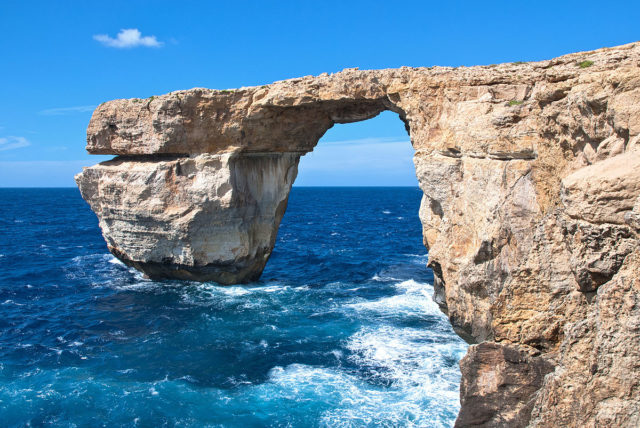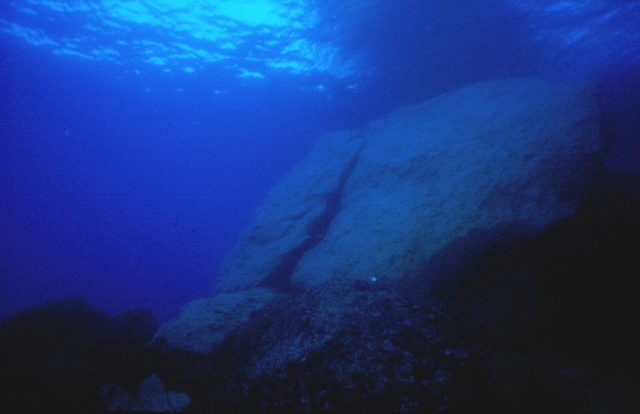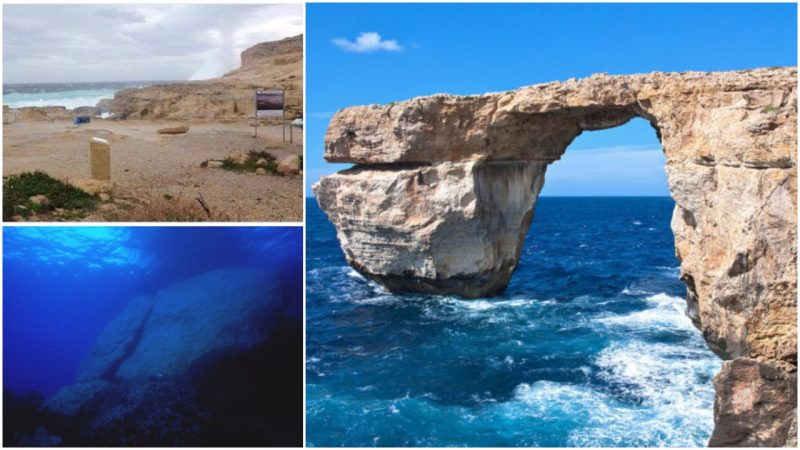For many years, the Azure Window, also known as the Dwejra Window, resembled one of Malta’s most visited landmarks. The limestone natural arch on the Maltese island of Gozo sadly collapsed in the morning of 8 March 2017, following a period of heavy storms, and leaving nothing visible above sea level. The collapse was reported in local and worldwide media and it represents a major loss to Malta’s natural heritage.
“The limestone arch near Dwejra Bay on Gozo, an island in the Maltese archipelago, is one of the most recognizable locations in Europe, having featured in the HBO television series Games of Thrones and was notorious as a cliff-jumping location.” reports The Telegraph.

As a natural wonder, the Azure Window had developed through continual sea and rain erosion of a cliff face, over the period of approximately five centuries. The authentic outlook followed after the collapse of two limestone sea caves and many years of natural erosion processes which caused parts of the arches to fall into the sea. The formation was attached to the east end of the seaside cliff, creating a natural bridge over open water, and was anchored to a free standing pillar in the sea to the west of the cliff.
The natural wonder was included in a Special Area of Conservation, and since 1998 it was also part of Malta’s tentative list of UNESCO World Heritage Site, along with the rest of the astonishing area around Dwejra Bay.
With sadness we note that the Azure Window has collapsed. We shall brief public in coming hours. Our work on management plan will continue. pic.twitter.com/jtlVDoc16Y
— José Herrera (@JoseHerreraMP) March 8, 2017
Between 1980’s and the 2000’s, the famous arch was significantly widened as parts of the top arch plate collapsed from the formation. Another large piece of rock had also collapsed in 2012, further increasing the size of the window. One more serious rockfall had occurred in March 2013, after which a geotechnical report was issued four months later.

The report concluded that the arch was “relatively stable and will continue to remain so for a number of years,” however, it also warned that rocks will continue to fall from the formation and that it might be hazardous for people to go close to the arch. Despite the warnings, people were not dissuaded from walking on top of the arch, some even cliff diving from there.
In December 2016, a final emergency order was published which prohibited people from going on the arch; trespassers were to face a fine of EUR 1500. The law was never implemented, and visitors were still walking on top of the arch just days before its downfall in March 2017.

Earlier reports had also suggested that the landmark was to diminish one day due to unavoidable natural corrosion processes. As the remaining time of the natural wonder was counted, the sad day arrived sooner than some might have anticipated.
The Azure Window was additionally famous as it appeared in several films, including Clash of the Titans in 1981, and The Count of Monte Cristo in 2002. The landmark can also be seen in the television mini-series, The Odyssey from 1997.
